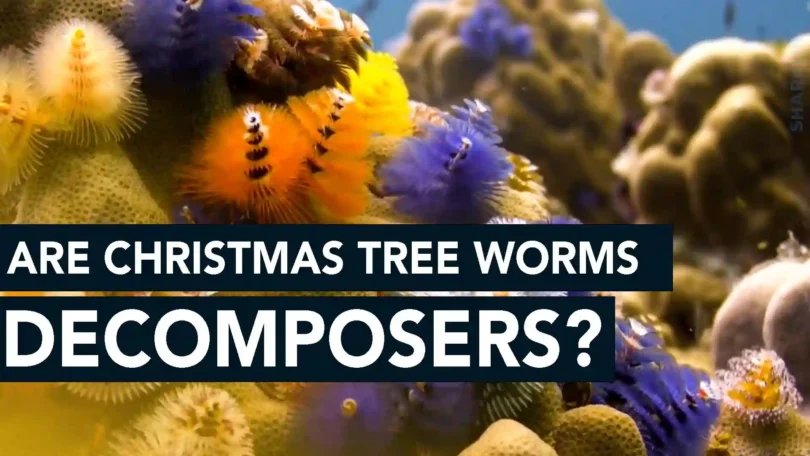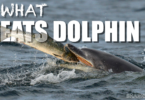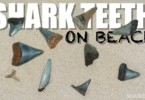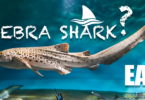Christmas tree worms – the worms belong to a class of worms known as polychaetes because of their segmented body. These majestic invertebrates attract people’s attention because of their vivid coloration and unique appearance, making them highly noticeable creatures. Like other worms, are these species also decomposers or not? To solve the mystery, let’s take a deep analysis.
Who Are Christmas Tree Worms?
Christmas tree worms scientifically named Spirobranchus giganteus are segmented species that belong to a group of calcareous tubeworms. They are sessile creatures which means that they do not roam here and there and are only found attached to one particular location.

Are Christmas Tree Worms Decomposers?
Various species of marine worms inhabit the ocean that plays a significant role in decomposing the organic matter which pollutes the oceanic ecosystem. Similar to them are the Christmas Tree Worms, which are known to be the largest decomposers or macro decomposers of the underwater habitat. They are among the most well-known polychaetes, that thrive on the rocks and sea floor, and feed on decomposing material to provide nourishment to other aquatic and marine species.

Where Do Christmas Tree Worms Live?
They are found in shallow areas of coral reefs, where they share their habitat with several types of stony corals or along the heads of corals at a maximum depth of 100 feet or less than that. They are found living in tropical regions and have a wide geographical distribution but are not found living in the Red Sea.
What Is The Physical Appearance Of The Christmas Tree Worms?
Christmas tree worms have unique and vivid colorations such as yellow, orange, red, blue, or white. They have an average size of 3.8 cm or 1.5 inches in diameter. The segmented body of Christmas tree worms consists of an 8 inches long tube and a crown. The tube is covered with small spines which protect them whereas the crown bears small hair-like appendages called radioles, which help them in breathing as well as hunting.

Are There Any Threats To Christmas Tree Worms?
Many threatening factors such as climate change, human activities, fluctuations in water temperature, acidification of oceans, habitat loss, and pollution greatly affect the survival of the Christmas tree worms. Moreover, large predatory animals such as shrimps, crabs, and reef fishes feed on them, causing a decline in their population. When Christmas tree worms sense any danger such as detecting water motion and alteration in light or touch, they immediately burrow inside the tubes to protect themselves.
Final Thoughts
The bright-colored Christmas tree worms are one of the largest decomposers that live under the water. They provide marine species with an abundance of nutrients by decomposing the dead decaying matter. They are found commonly in the shallow areas of coral regions. However, Christmas tree worms are threatened in their natural habitat by changing environmental factors and human activities. If these threats are not controlled, then there is a high chance of the complete disappearance of these magnificent creatures from the oceans.







